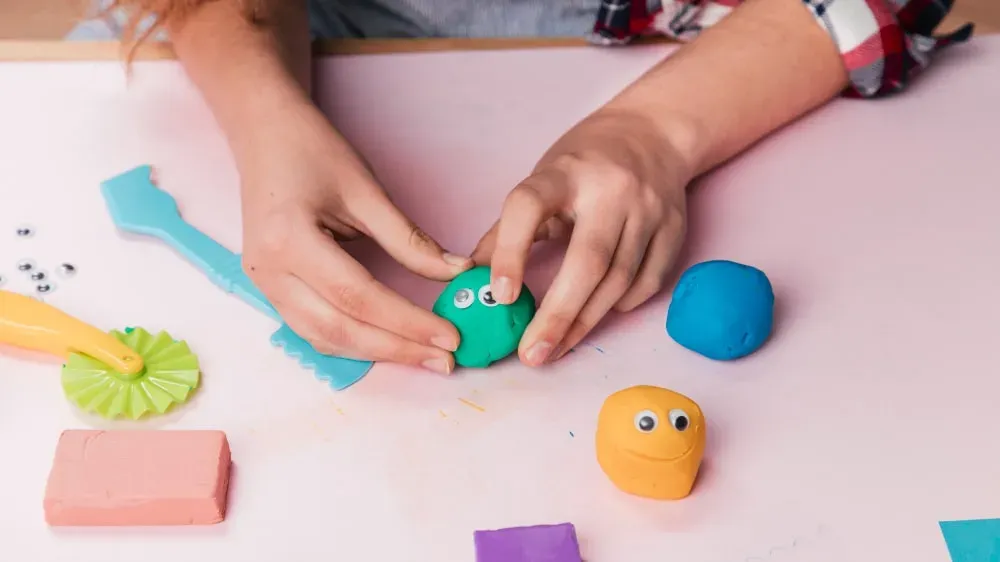
Sensory Integration Therapy
Overcome sensory challenges and improve behavioral interventions with Sensory Integration Therapy.
Get carepatron free
Commonly asked questions
Sensory Integration Therapy can benefit individuals who experience challenges with daily activities like dressing, eating, sleeping, managing emotions like frustration and anxiety, or navigating social interactions with peers.
Children and adults with sensory processing difficulties, developmental delays, autism spectrum disorder, and other conditions can benefit from this therapy.
The duration of Sensory Integration Therapy varies depending on the individual's needs and goals.






